For this exercise I have used myself as the subject, and chosen as my three basic positions lying on my front (on a bed), standing and sitting. I have also chosen settings with a minimum of props so that the changing effect is largely due to the change in pose. All shots were taken with the camera mounted at hip level on a tripod and fired by a remote control so that I was not constrained by the self-timer delay. Lighting in each case was flash bounced from the ceiling
Standing.
From left to right I transferred my weight from my front to my back foot. The only clear difference is where the weight is evenly balanced, because of the absence of a bent front knee. The bent knee pose looks very relaxed – which shows appearances can be deceptive because the weight on the rear leg pose is a fairly standard defensive stance in martial arts.
The middle stance feels quite unnatural but looks relaxed and alert.
The absence of any particular hand positions in these shots removes some of the visual clues as to the perceived state of the subject. So the next step was to keep the rear weight distribution but vary the hands.
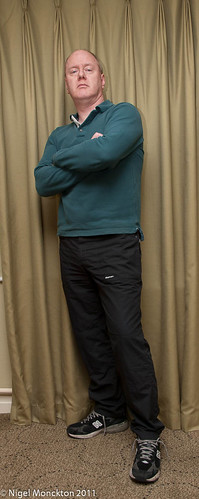
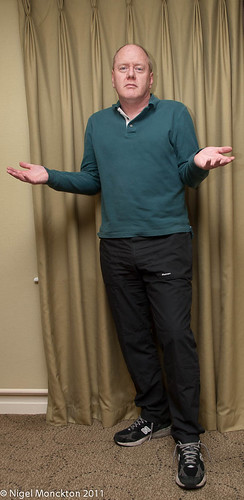
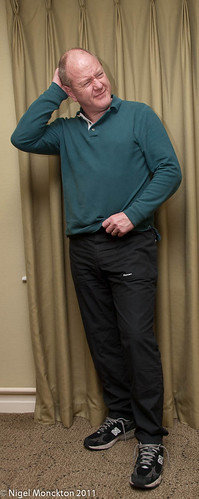
The left-most of these three is a very defensive stance. Typically it would signify an unwillingness to be involved or discomfort with a situation. The middle shot – a shrug – is a very open gesture. it suggests a lack of understanding, perhaps a willingness to compromise in an argument. In martial arts terms it is still a defensive pose – the weight on the back leg frees the front foot for a kick at an advancing opponent, and the hands are in forward positions ready to deflect a blow. The final shot suggests puzzlement – particularly the scratching of the head and the furled brow. The arm across the body also suggests non-engagement while the puzzle is resolved.
Finally moving to the front foot, hand position can be used to signify either aggression or friendliness. Note the front knee is still bent but the weight is much further forward than in the very first shot above.


The relatively low camera angle reduces the threatening nature of the first pose somewhat – it would be even more extreme if the lead finger was jabbing into the ‘face’ of the viewer. Note also that the back hand is forming into a fist – a subconscious reaction to the choice of pose which emphasises its threat. the final shot is an almost worldwide gesture of welcome or greeting, which despite the similarity in body position gives a completely different sense – almost entirely on the basis of hand shape.
In terms of attractiveness, the second and third shots are the most effective with a relaxed subject in an easy pose. I suspect very few people would welcome a portrait session with any of the other poses as the primary output.
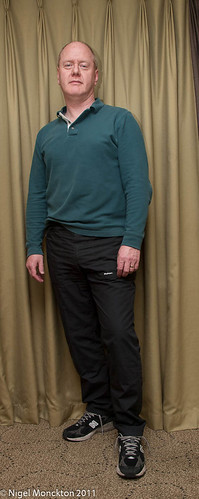
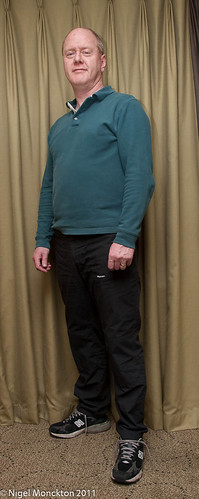
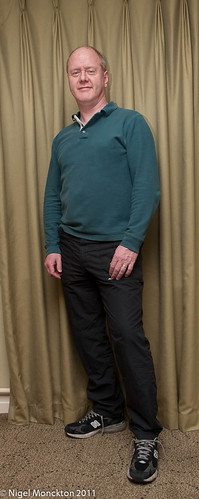
No comments:
Post a Comment